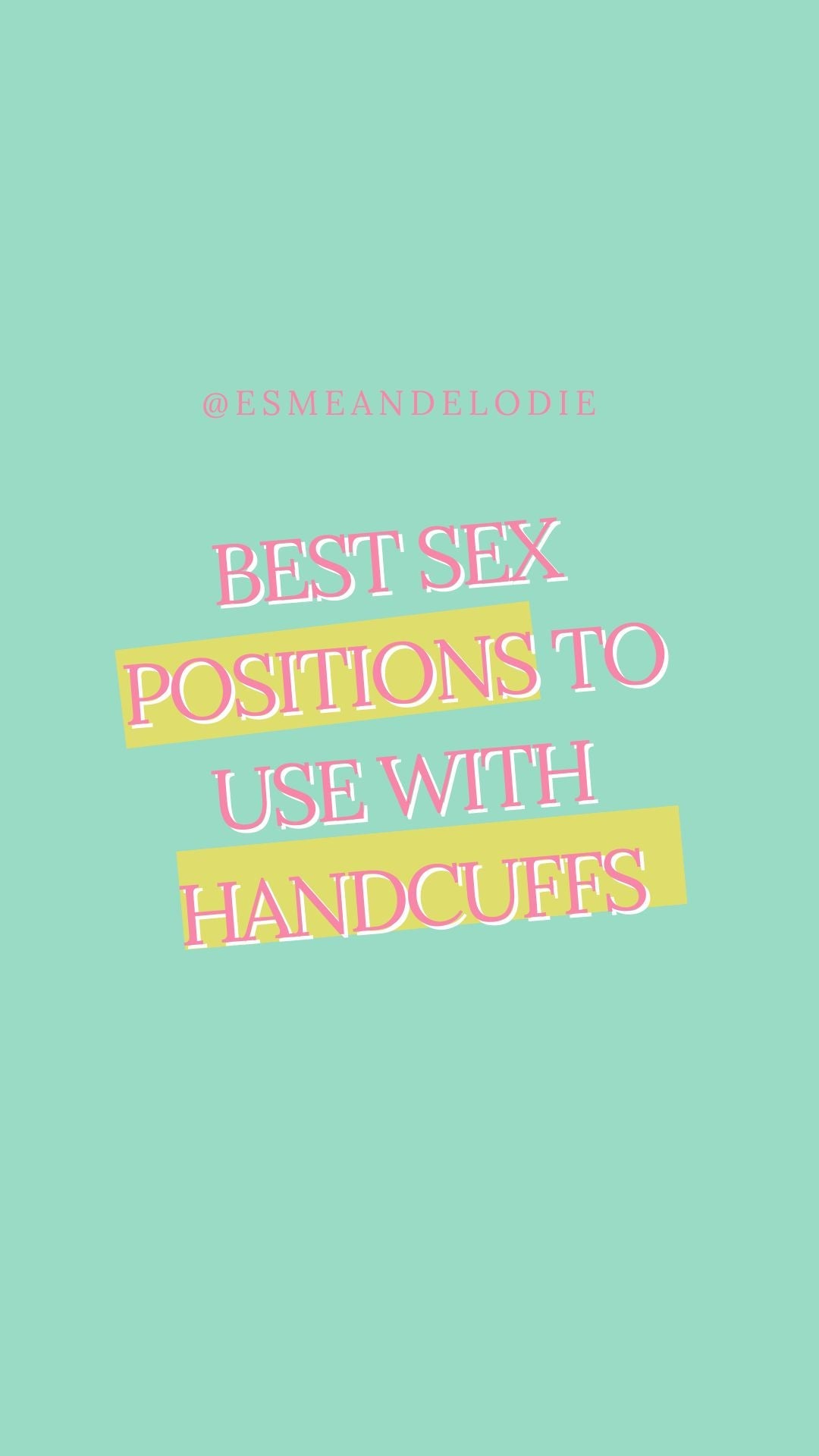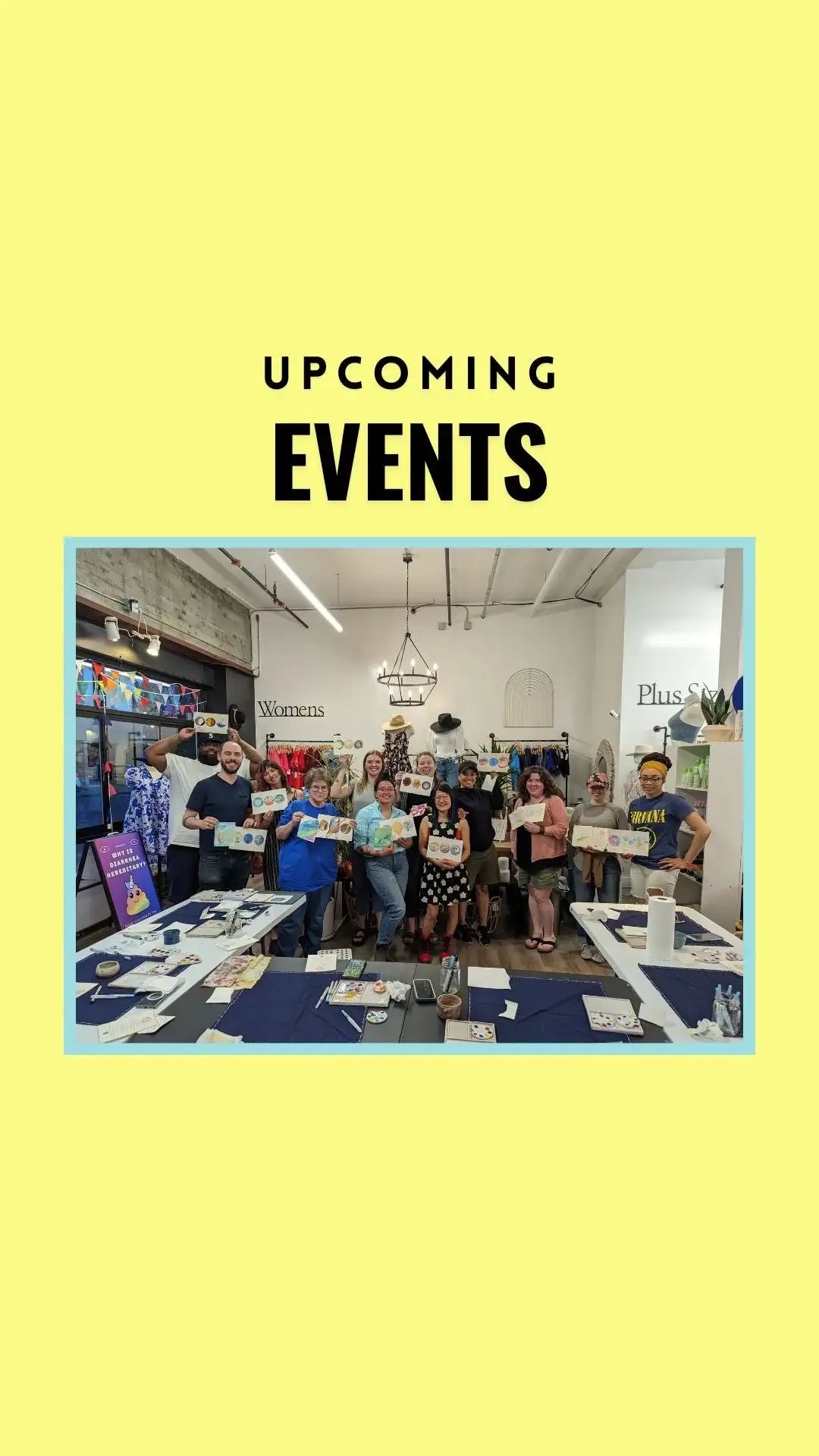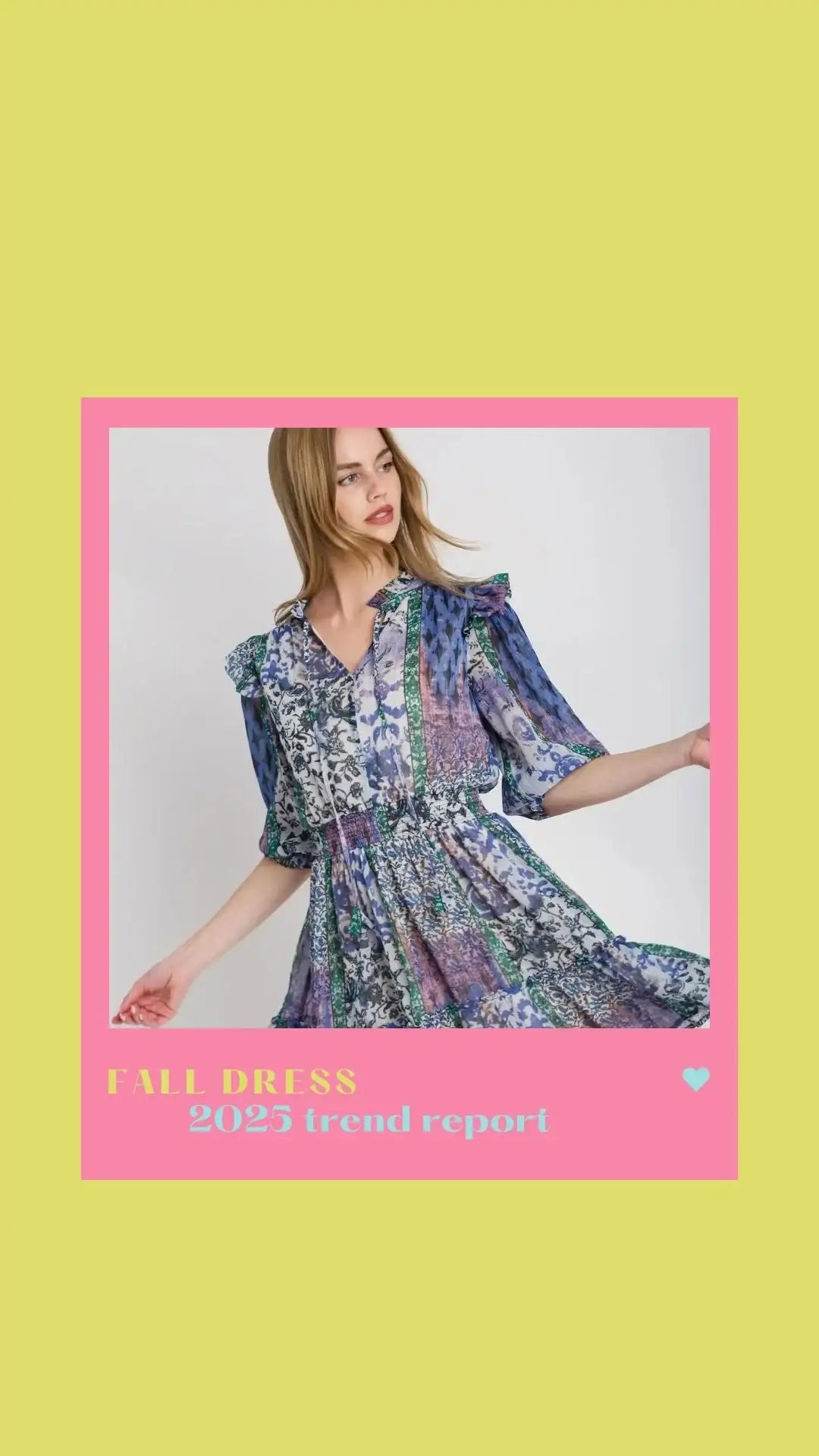The Fashion Industry and Its Struggles with Size Inclusivity
The Fashion Industry and Its Struggles with Size Inclusivity
Fashion is an ever-evolving industry, one that celebrates creativity, trends, and self-expression. However, there's a glaring issue that still persists, especially when it comes to plus-size women: size inclusivity. The fashion industry, for decades, has predominantly catered to a narrow standard of beauty that excludes many body types, especially those beyond a size 12 or 14. While progress is being made, it's clear that the fashion world still has a long way to go in truly embracing size diversity. In this blog post, we’ll explore the challenges faced by plus-size women, why the industry doesn’t fully cater to them, and what needs to change for fashion to become more inclusive.

The Limited Scope of Size Offerings
One of the biggest frustrations for plus-size women is the lack of available options in stores. While many fashion brands dominate the industry, many either don’t carry sizes beyond a 12 or only offer limited selections for larger bodies. When plus-size clothing is available, it often feels like an afterthought, with only a small portion of the store dedicated to these sizes, leaving shoppers with fewer options.
Additionally, the styles available in plus-size sections are often outdated or designed to "hide" the body, rather than celebrate it. Many of these designs are overly conservative and don't reflect current trends, forcing plus-size women to choose between either sacrificing style for size or struggling to find something flattering and fashionable.
The Stereotypes and Stigma
There’s an unfortunate stigma attached to plus-size fashion that perpetuates harmful stereotypes. The fashion industry has long been influenced by the idea that "thin equals beautiful," and this mindset has led to an underrepresentation of larger bodies in campaigns, runway shows, and advertisements. For years, the message was clear: If you didn’t fit the conventional mold, you weren’t worthy of high-fashion clothing.
Even when plus-size models began to appear in mainstream campaigns, the industry often tokenized their presence, showcasing them only for specific "curvy" collections, rather than integrating plus-size models into all aspects of the brand’s image. This lack of diversity is discouraging for women who want to see themselves reflected in the broader fashion world, as it reinforces the idea that beauty and style are reserved for a select few body types.
The Struggle for Fit and Comfort
Another issue is the challenge of finding well-fitting clothing. Many plus-size garments are not constructed with the same level of care or tailoring as their straight-sized counterparts. The sizing can be inconsistent, and the cuts are sometimes unflattering or uncomfortable. It's not just about finding clothes that fit—it's about finding clothes that fit well and make the wearer feel confident and stylish.
As any plus-size woman knows, a poorly fitting garment can be a source of frustration, leading to discomfort and a lack of confidence. And while the fashion industry has made strides in offering more size options, it still fails to prioritize the kind of attention to fit that ensures these clothes are both comfortable and flattering across different body types.

Why the Fashion Industry Needs to Change
There is no question that the fashion industry needs to step up its game when it comes to inclusivity. The demand for plus-size fashion is only growing, and many brands are starting to recognize that catering to a broader range of sizes is both a business opportunity and a social responsibility. But this shift needs to be more than just a trend; it needs to be a permanent change in the way fashion is designed, marketed, and sold.
-
Representation Matters
The most important change we can see is more representation of plus-size women in all aspects of fashion, from advertisements to runways. Fashion needs to embrace diversity in body types, skin tones, and personal styles. By doing so, brands will not only create a more inclusive environment, but they’ll also resonate with a wider audience. -
Designing with Plus-Sized Bodies in Mind
Designers should prioritize flattering cuts, quality fabrics, and tailoring that works for different body shapes. It's not enough to simply make a larger version of a straight-size piece; clothing needs to be designed specifically with larger bodies in mind to ensure a proper fit. -
Creating Fashion for All
Fashion isn’t just for one body type—it's for everyone. The goal should be to move beyond token collections or just offering larger sizes as an afterthought. It’s about creating clothing lines where plus-size women can walk into a store, browse through the same fashion-forward pieces as their straight-sized counterparts, and feel like they belong. -
Affordability and Accessibility
Plus-size fashion is often more expensive than straight-size fashion, and this is another barrier that makes it hard for many women to access stylish, well-made clothing. There needs to be more affordable options, and retailers should also work on improving accessibility—both in terms of sizing and availability—so that plus-size clothing is easy to find and buy.
The Positive Shifts Happening Now
While much work remains to be done, we’re beginning to see promising changes. More and more brands are making efforts to create size-inclusive collections. Even the high-fashion world is starting to embrace body diversity, with plus-size models appearing more frequently on runways and in campaigns. Social media influencers and bloggers are also playing a huge role in advocating for size inclusivity, giving a voice to the many women who feel excluded by the fashion industry.
The rise of the body positivity movement has also encouraged a shift in attitudes, with women of all sizes celebrating their bodies in a way that is empowering. As more people speak out about the need for change, it’s becoming increasingly clear that inclusive fashion isn’t just a niche—it’s a necessity.
The Road Ahead
Ultimately, the fashion industry’s failure to fully cater to plus-size women isn’t just a missed business opportunity—it’s a societal issue. Every person deserves to feel confident and beautiful in the clothes they wear, regardless of their size. The industry needs to move away from outdated ideals and create clothing that reflects the diversity of the real world.
For now, it’s crucial that we continue to advocate for size inclusivity and celebrate the progress made, while pushing for further change. After all, fashion is about expressing yourself, and everyone deserves to feel stylish and comfortable in their own skin.









Leave a comment